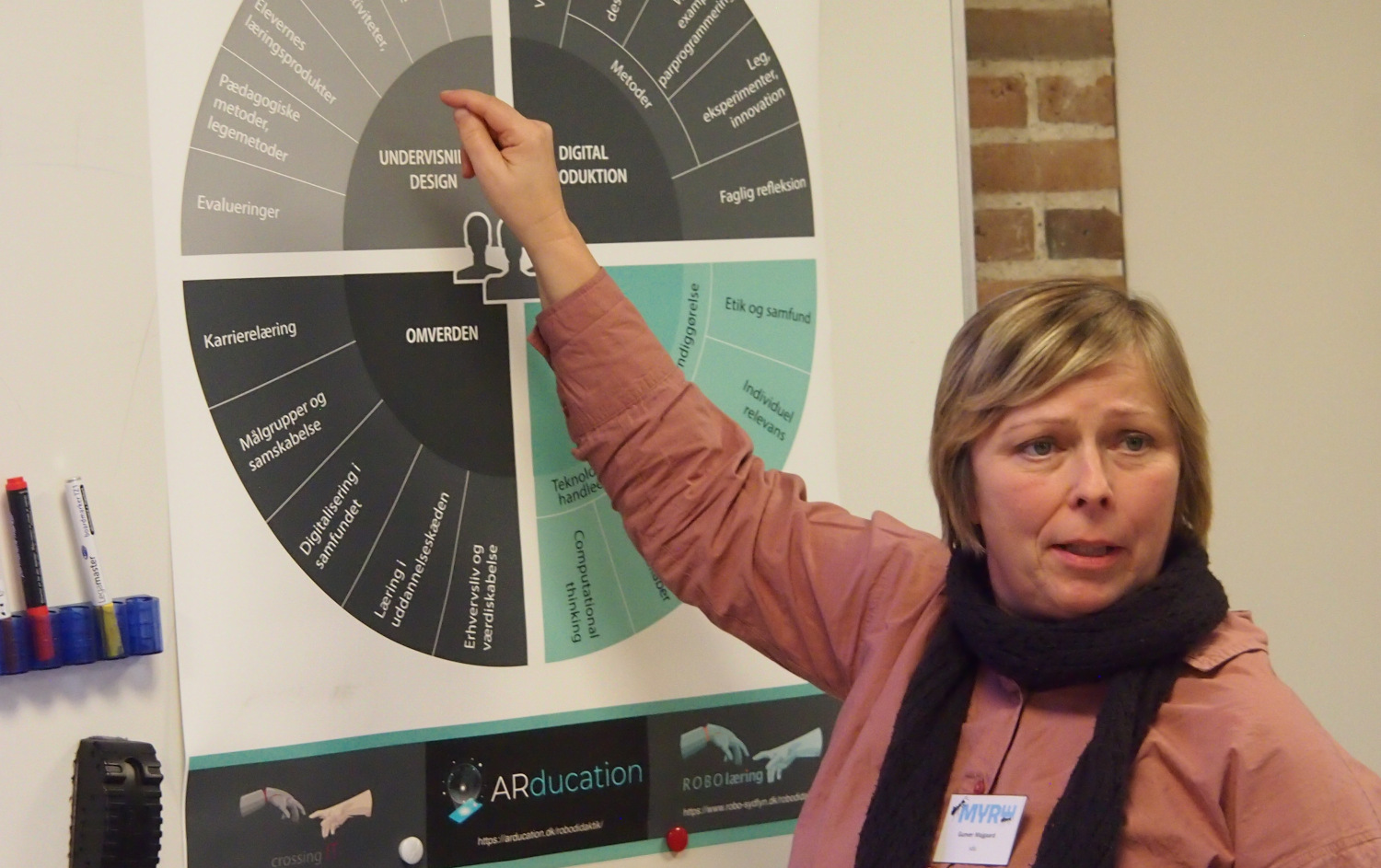HHX Svendborg & SDU “Enjoy your exam!” – VR & 360 degrees cam
The following outlines a preliminary analysis and the initial tentative designs for a case titled “Enjoy Your Exam!”
This intended teaching module originates from teachers’ concerns about students’ fear of failing examinations. This fear or strong uncertainty has often resulted in significantly weaker performances than justified, given the students’ actual knowledge, skills, and competencies.
Thus, a business highschool teacher partnered with a bachelor student from The University of Southern Denmark (SDU). The goal was to investigate Virtual Reality (VR) with a tool to offer a safe space for personal training in overcoming examination anxiety. This VR-tool would be implemented as an exam-preparing module.
In the spring of 2024, initial considerations and design drafts were completed. The student had only 2 ECTS, equivalent to about 10 working days, to develop a technical prototype. Due to the limited time, the prototype could not be developed far enough to be utilized in a teaching module.
However, the theme of the module as well as VR as a supportive learning technology are still considered highly relevant. Thus, it was recommended in the evaluations to initiate further development in future settings.
Note: This activity is not described according to ROBOdidactics.
Necessity and intentions
For many students, the exam situation is associated with stress and pressure. The fear of the unknown and uncertainty about the exam format can lead to students feeling more pressured, anxious, and nervous, which often negatively impacts their exam performance.
One possible solution to this challenge is to provide students with more comprehensive information about how exams are conducted, in a way that attempts to demystify what happens during an exam.
When students have a clear understanding of the exam process, they can prepare more purposefully and structured, which reduces uncertainty and thereby also the stress level.
Additionally, knowledge of previous exam questions and examples of good answers can give students insight into how best to structure their own responses and prioritize their time during the exam.
Ultimately, it is about creating a transparent and predictable exam experience, where students feel prepared for the task. This will very likely contribute to making the exam a less daunting event and help students focus on learning rather than the fear of failing.
An ICT tool with Virtual Reality is intended to create this transparency. Existing approaches and tools should be investigated for transferable principles, technologies, and methods to support students before their written examinations at vocational highschools.
Photo: Unsplash, with thanks to Niklas Hamann (2024)
There is extensive research on exam-related fear, and many initiatives exist to combat this type of stress. Activities include information folders, physical exercises, distraction or mindfulness exercises, hypnosis, and many others. Some attempts with VR have been undertaken, too.
Danish FVH Social and Health VET college has published an AR-based tool to offer training of examinations within nature science subjects.
Considerations and choices
Serious attempts were undertaken to identify barriers and potentials for the students to unfold and perform during an examination. The developers chose to focus on written examininations for their first trials.
The student integrated this work in his 2 ECTS ISA course (Individual student activity) of his studies within Learning Technologies. The specific goals for this study project were:
– To create a technial initial prototype for a VR platform that felt useful and fun to interact with
– To create a VR-tool that enables a non real conversation to appear real
– To achieve smooth transitions – Frame interpolation*
The VR-application and its implementation should focus on a) strengthening the students’ ability to structure a written paper and b) let the student be an active player.
Iteration #1
First technical trials were conducted using a 360 degree camera.
A student-student advising approach with different roles was applied to facilitate eye-to-eye communication in confidence.
In addition, the developers aimed to create a certain liveliness and a ‘fun-effect’ for the user, with the purpose of easing the tense experience of an examination. This effect was intended to be realized through actors in motion and through gamification: “The user scores points by hitting the boxing bags when the examiner mentions important aspects.”
Conclusions for iteration #1
After the first trials, the developers realized that their VR application “still was not fun.”
The teacher and the university student recognized that further analyses and professional idea generation would be necessary before investing further resources in the production of virtual content.
Possibly, their technological and dramaturgical choices should be reconsidered.

A realistic physical set-up in a classroom was chosen to offer students insight into the conditions for written examinations.
*Frame Interpolation
Frame interpolation is commonly used in video playback software, games, animations, and VR applications to enhance the user experience with a smoother and more fluid motion. There are various methods for that:
Linear Interpolation: Generates in-between frames by averaging the positions and colors of objects in two consecutive frames.
Motion Compensation: Analyzes the movement of objects between frames and generates new frames based on this movement, resulting in more accurate and smooth results.
Machine Learning-based Interpolation: Uses neural networks and deep learning to predict and generate intermediate frames with high precision, adapting to complex motion patterns and textures.




MYRE DK-DE has received financial support from PKP | Interreg Deutschland – Danmark.
In addition to the 35% co-financing, the three project partners have contributed significant own resources and engaged a wide range of network partners.




